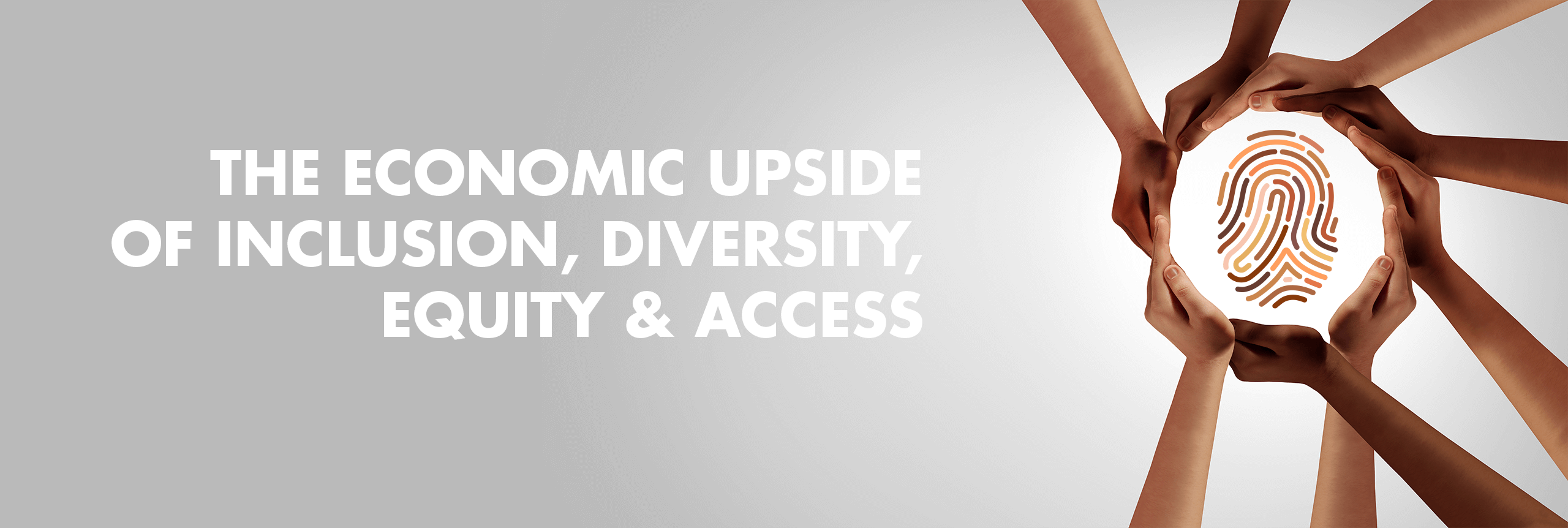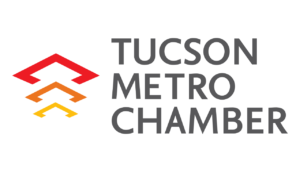SIGN IN

According to the World Bank, the global economy has the potential for stronger long-term growth if the supply of goods and services can keep up with demand. Rising standards of living in emerging economies are creating new markets and all major regions of the world are growing. When we advance racial equity, we invest in people and our economic future.
Economic Opportunities If Earnings Were Equal
The combined effect of current disparities in health, education, incarceration, and employment opportunities is reflected in earnings. The average earnings of persons of color in the U.S. are 63% of the average earnings of Whites of the same age and gender. Raising the average earnings of people of color to match those of Whites by closing gaps in health, education, and opportunity would generate an additional $1 trillion in earnings, a 15% gain. Because this gain would be generated through greater productivity, it would translate to an additional $2.7 trillion in economic output, or gross domestic product (GDP). The corresponding gain in 2050 GDP would be $8 trillion — an amount greater than the current GDP of every country in the world except the U.S. and China!
Under current consumer spending patterns, $1 trillion in higher earnings would translate to an additional $800 billion in spending, including $109 billion on annual food purchases, $286 billion on housing, $30 billion on apparel and services, $147 billion on automobiles and transportation, and $44 billion on entertainment. Closing the earnings gap by 2050 would represent an additional $2.6 trillion in spending, including $330 billion annually on food, $860 billion on housing, $90 billion on apparel, $440 billion on transportation, and $130 billion on entertainment.
Healthier workers have fewer sick days, are more productive on the job, and have lower medical care costs. A healthier population saves everyone in insurance premiums and health-related public spending. It has been estimated that disparities in health in the U.S. today represent $93 billion in excess medical care costs and $42 billion in untapped productivity, for a total potential economic gain of $135 billion per year. Eliminating health disparities by 2050 would reduce the need for more than $150 billion in medical care and reduce lost productivity by $80 billion, for a total of more than $230 billion per year.
Government deficits and debt are a major concern for our economic future. Greater earnings for people of color will generate more contributions to Social Security and Medicare through payroll taxes and higher income, sales, and other tax revenues. A population with higher earnings will also require less public spending on programs supporting food, housing, medical care, and other essential needs. Estimates show that closing the earnings gap for people of color would increase federal tax revenues by $450 billion and state and local tax revenues by $100 billion annually. By 2050, the increase would be $1.4 trillion in federal tax revenues and nearly $325 billion in additional state and local tax revenues.
Researchers at Stanford University and the University of Chicago have estimated that more than 25% of the growth in productivity in the U.S. economy from 1960 through 2008 was associated with reducing occupational barriers facing Blacks and women. The Congressional Budget Office currently projects a long-term growth rate for the U.S. economy of about 2% per year. Closing the earnings gap by 2050 would increase GDP by 22%, equivalent to increasing the long-term growth rate by half a percentage point to 2.5% per year. Our success today in continuing to reduce barriers to opportunity will help drive the level of economic growth we can achieve over the next 50 years.

